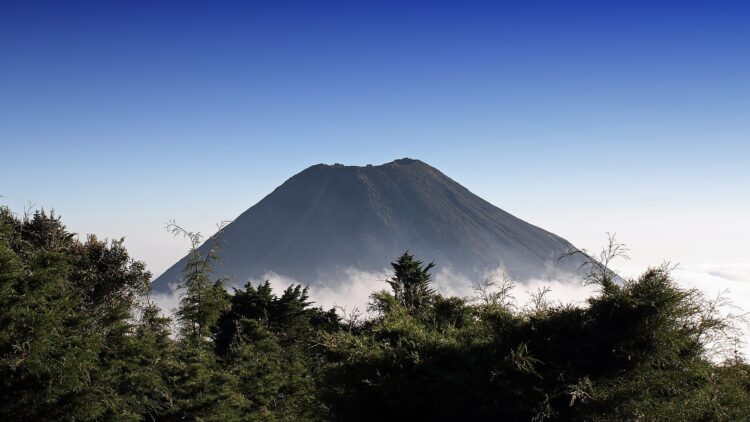Home to more than 170 volcanoes, El Salvador is leading the charge in combining renewable energy with innovative technologies. To achieve this, the Central American nation is exploring a groundbreaking approach to Bitcoin mining by leveraging its abundant geothermal resources. This involves the introduction of a “rent-a-volcano” initiative designed to supply power for cryptocurrency mining through geothermal energy.
Exploring volcanoes: El Salvador’s rich path to geothermal energy development
For years, Bitcoin has faced criticism due to its substantial energy consumption, which has prompted the mining industry to pursue more sustainable practices. In this context, President Nayib Bukele’s “rent-a-volcano” initiative has the potential to position El Salvador as a frontrunner in environmentally responsible Bitcoin mining and other endeavors.
By leveraging local volcanic resources, the program seeks to “rent” these out to third parties who can harness geothermal energy—currently accounting for 25% of the country’s electricity generation—thus providing an eco-friendly solution for various applications.
This initiative builds on El Salvador’s approach towards Bitcoin adoption, becoming the first nation to recognize the cryptocurrency as legal tender in 2021.
The economic and ecological impact of harnessing geothermal energy
Geothermal energy is known for being a stable, generous, and continuous energy source, in contrast to solar or wind energy, which can be intermittent. For instance, in 2021, the Salvadoran government harnessed 1.5 megawatts of geothermal power from its Tecapa volcano for its mining operation.
This accomplishment highlights the potential of geothermal energy as a cleaner alternative to traditional fossil fuels in other sectors. For El Salvador, this source not only reduces fossil fuel dependence, but also presents a promising opportunity to help them strengthen their position in the renewable energy landscape, as well as the private and public industries.
Indeed, should President Bukele’s “rent-a-volcano” program prove even more effective, it could draw investment and create major job opportunities. By advocating for sustainable practices, the country could inspire other volcanic-centric nations to explore renewable energy sources for similar ventures, thus transforming potential environmental liabilities into valuable economic assets.
Can volcanoes drive the future of geothermal energy or lead to disaster?
Despite the enthusiasm surrounding the “rent-a-volcano” initiative, the proposal has faced criticisms. Environmentalists, including ecologist Ricardo Navarro, have expressed concerns regarding the practicality of geothermal energy dependence. Navarro argues that President Bukele’s plans might worsen the existing energy struggles in a country of over six million people—specifically, ongoing power cuts combined with heightened costs for geothermal energy.
“Geothermal still costs more than oil; otherwise, we would already be using more of it. What will end up happening is that we will just be buying more oil,” says Navarro, highlighting the financial realities that challenge the feasibility of relying on geothermal sources in the short term.
Moreover, critics such as Marit Brommer, executive director of the Germany-based International Geothermal Association, have emphasized the potential impracticalities and costs associated with setting up mining facilities in close proximity to volcanoes. This raises further doubts about the sustainability of such ventures.
“El Salvador is known for its geothermal potential,” Brommer says. “But if [Bukele] is promising anything in the next six months, that would not be feasible. Geothermal has a long lead time … We need to identify the resources, do modeling, [and] drill wells. It would likely take at least two or three years, and probably longer, before you could generate any electricity.”
It’s an ambitious venture, one that holds promise for the future. By properly tapping into geothermal resources, El Salvador stands to not only improve its economy but also lead the way in sustainable energy practices. As this initiative unfolds, the world will watch closely.

